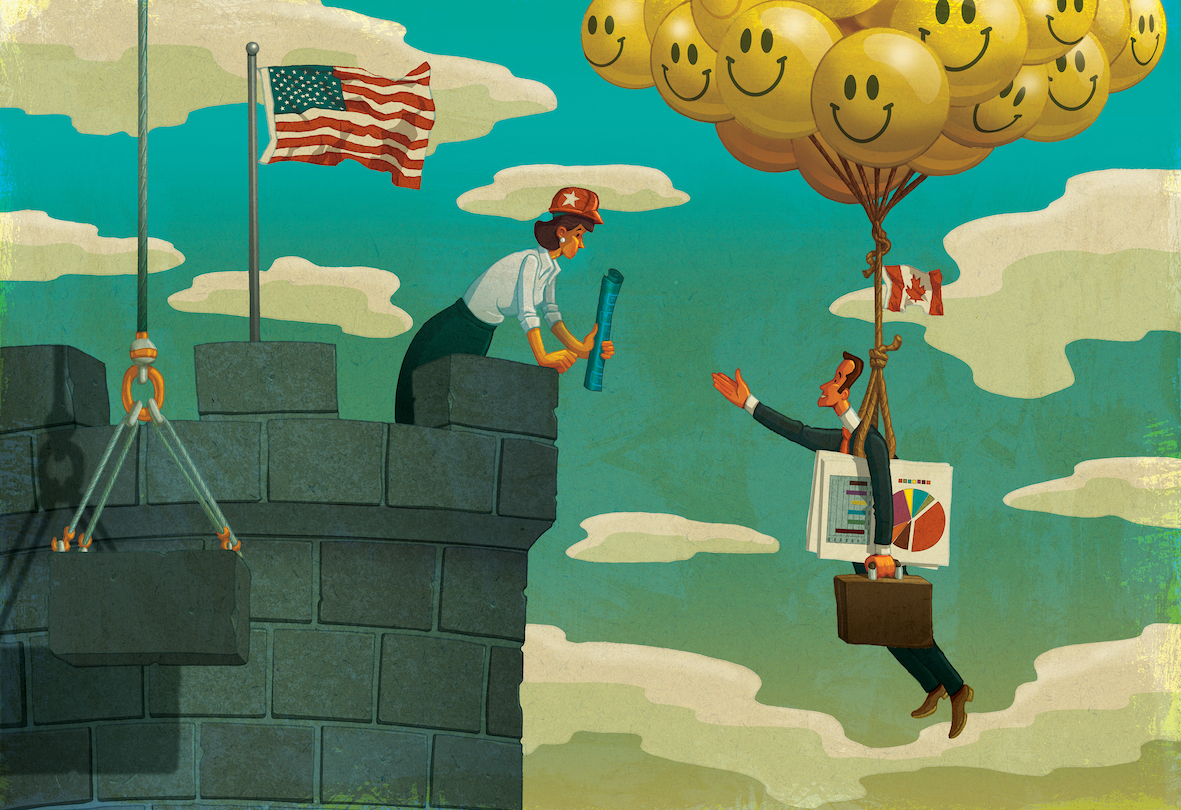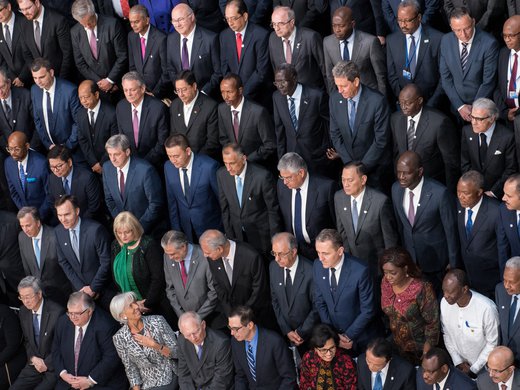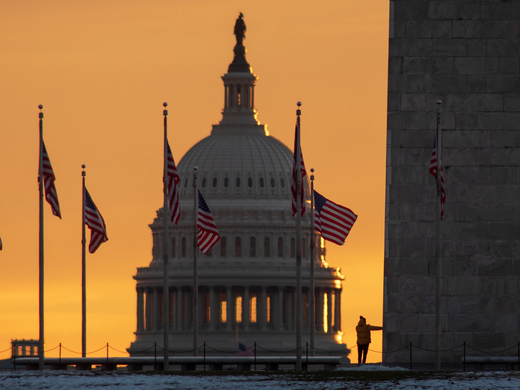Can sleight of hand and a frozen grin work a second time?
As Prime Minister Justin Trudeau and his senior advisers wrapped a recent visit to Philadelphia, where they’d hung out with US Vice President Kamala Harris and enthused about the Canada-US relationship, some in the federal civil service had to have breathed an exceedingly tired sigh.
A little more than seven years ago, the unlikely political juggernaut Donald Trump was newly situated in the White House, vowing to make America great again by repatriating its manufacturing supply chains.
On his first day in office, he’d arbitrarily pulled the United States from the Trans-Pacific Partnership, a deal designed to consolidate America’s influence in the Pacific. Based on Trump’s campaign pronouncements and backchannel discussions, the Prime Minister’s Office had good reason to believe the North American Free Trade Agreement would be next — risking Canada’s export economy, and the hundreds of thousands of Canadian livelihoods that depend on it.
So, official Ottawa did what it does best: it improvised a crisis strategy on the fly.
A plan was quickly developed to charm and educate this new generation of protectionist, nationalist populists. The idea was to put hard statistics about the millions of American jobs that depend on cross-border trade in front of US decision makers, whose own jobs depend on their constituents keeping theirs.
There would be multiple conversations with the Trump White House, including many between the prime minister and the then-president. But the most strategic and important outreach occurred far from Washington, in states where Canada-US trade is integral to prosperity, and whose state-level, urban and union leaders have the ears of Congress.
It’s difficult to overstate the scale of that diplomatic effort, led by the Privy Council Office, during 2017 and 2018. It drew in every federal department, at every level. And it extended to the provinces, where conservative premiers were recruited to court their ideological counterparts in Washington; to labour leaders, who did likewise; and through personal chats with influential Republicans, where the late former prime minister Brian Mulroney played a pivotal role.
Can that ultimately successful effort be replicated, in the event Trump is re-elected this November and follows through on his promise to impose a 10 percent, across-the-board import tariff?
The arguments against are daunting.
In the first go-round, Trump initially warmed to Trudeau. The former beauty pageant impresario is highly conscious of physical appearances, after all; Trudeau’s looks set him apart as a winner. And Trump’s messaging about downtrodden working families was not that dissimilar from the Canadian prime minister’s. Their early personal exchanges were cordial.
That changed in late June 2018, at the G7 summit in Charlevoix, Quebec. Trump became enraged following closing remarks by Trudeau, in which he’d reiterated opposition to US tariffs on Canadian aluminum and steel. Although the White House later papered over the ensuing tweetstorm, it was clear from then on that the two could not be further apart, ideologically or politically. That has been reinforced since.
Second, Canada’s interlocutors in the American heartland will see this latest version of the charm offensive coming, and their eyes will glaze over. How many board-of-trade luncheons with a junior Canadian minister can a mayor or US representative attend, before it gets old?
Third, and most obviously, Trudeau and his team are not where they were in 2018. With the political cycle into a ninth year — the witching hour for Canadian political tenures, historically — they’ll be less able to corral cross-partisan coalitions, including of left-leaning organized labour and right-leaning business.
But the argument for failure, unsettling as it is, ignores something fundamental, which is that the material case for free trade in North America remains overwhelming and incontrovertible for the United States, as well as for Canada and Mexico.
As Trudeau noted to a Republican audience at the Ronald Reagan Presidential Library in February 2018, it comes down to the two-thirds of US states that have Canada as their largest export market, and the millions of Americans whose jobs depend on trade and investment with Canada. And it comes down to the $3.6-billion worth of goods and services that crossed the Canada-US border each day in 2023.
Rhetoric aside, no US administration can long ignore that all of North America’s most important manufacturing supply chains are symbiotically linked. This toothpaste cannot go back in the tube, without doing incalculable economic harm on both sides of the border. Americans forget that, in cycles. They will remember it, yet again, no matter who occupies the Oval Office in 2025.
This article first appeared in The Globe and Mail.



